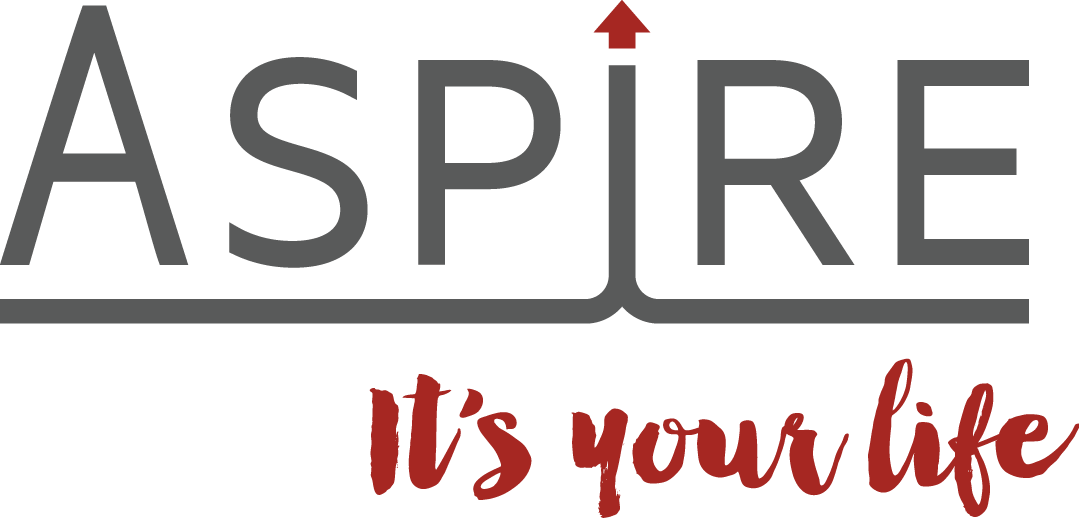Getting the balance right in decision making
We all approach decision making in our own way, making a multitude of decisions every day: ‘Should I hit snooze again on the alarm?,’ 'Do I take the train to work, or do I drive,’ ‘What should we have for dinner?’
In fact, researchers estimate that the average adult makes 35,000 decisions every day.i While most of these are fairly insignificant, we also constantly make complex decisions that may support us in many areas of our lives - from navigating a change of career, handling a new project at work, or even managing the complexities of interpersonal relationships.
Having some knowledge of the decision-making process can help you to be more self-aware when faced with those larger, more complex decisions.
The biology of thought
The human brain is an intricate organ. It contains about 100 billion neurons and 100 trillion connections, and controls our emotions, thoughts, and actions. Our brains appear wired to work in complex ways to enable us to make the best decisions possible with the information we’re given. In very simple terms the process is a little like a court trial. Our brains register sensory information like sights and sounds and then act as a jury to weigh each piece of ‘evidence’ to make a judgement or decision.
Thinking fast and slow
Nobel laureate Daniel Kahneman in his hugely successful book Thinking, Fast and Slow - suggests that there are two distinct and different ways the brain forms thoughts.ii
‘Fast thinking’ is automatic, intuitive, and used for most common decisions. It is our brain conserving energy by making the bulk of its decisions on some degree of autopilot. This style of thinking uses cognitive shortcuts to let us respond quickly and instinctively to a wide range of fast and ever-changing inputs, like discerning emotions from facial expressions, ducking when something is thrown at us, reading words on a billboard, or driving a car on an empty road.
On the other hand, ‘slow thinking’ is more thorough and logical but also takes more time and is resource intensive. It kicks in when you focus on a task or problem, monitor and control your behaviour, formulate an argument or do anything that causes your brain to exert itself.
Different thinking for different situations
Of course, both styles of thinking have their place. It’s important to be able to make fast decisions when required - in fact, fast thinking comes from the most primal part of our brain to help us make the kind of snap decisions integral to survival. However, there are times when you need to analyse and think through all the implications of a complex decision like whether to accept that new job offer interstate or buy that new car.
Amongst the multitude of small decisions we face every day, it can be hard to find the time and energy for the big ones. Steve Jobs famously explained that he wore the same outfit every day to have one less easy decision to make so that he could focus his energy on the more complex decisions he was dealing with.
Minimising mistakes
If you find you rely heavily on fast thinking in your life, making choices based on gut instinct with little research or consideration, it may be time to consciously slow it down.
While that may not mean wearing the same outfit day in, day out, you might be able to have a few things in your life on autopilot, like putting together a weekly meal plan so thinking about what’s for dinner is one less decision to make in your busy day.
Slow thinking takes discipline and effort. It’s important to approach critical decisions in a measured way and give yourself the time and head space to think things through, rather than being swayed by emotion or the cognitive biases associated with fast thinking.
Good decision-making, either financial or otherwise also benefits from having a sounding board to talk things through with, and of course we are here to assist with any important financial decisions you may be faced with.
i https://iise.org/details.aspx
ii https://en.wikipedia.org/wiki/Thinking,_Fast_and_Slow


